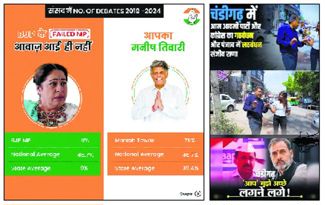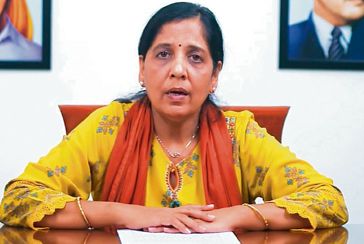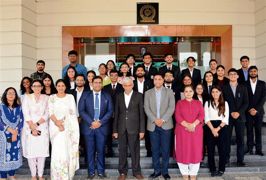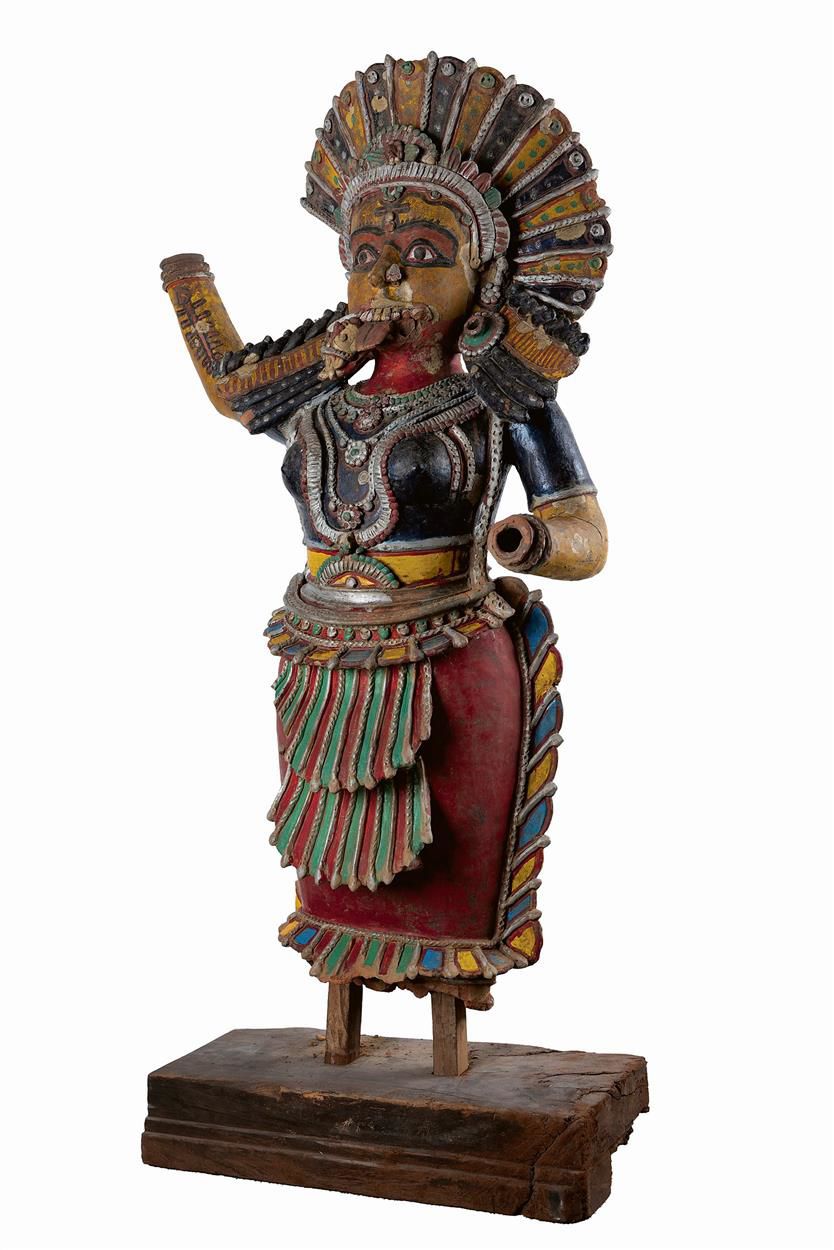
Terracotta sculpture of Kali/Yakshi. Photos courtesy: DAG
Shailaja Khanna
CURATED by renowned art expert Gayatri Sinha, ‘Kali — Reverence and Rebellion’ is a stunning exhibition, expansive in its range. Covering art on the goddess across 300 years from the 18th century to the 20th, it is not confined to painting. It includes porcelain and glass art, a stunning terracotta figurine from Karnataka, and a protective wood and metal breastplate worn during Theyyam processions in Kerala.
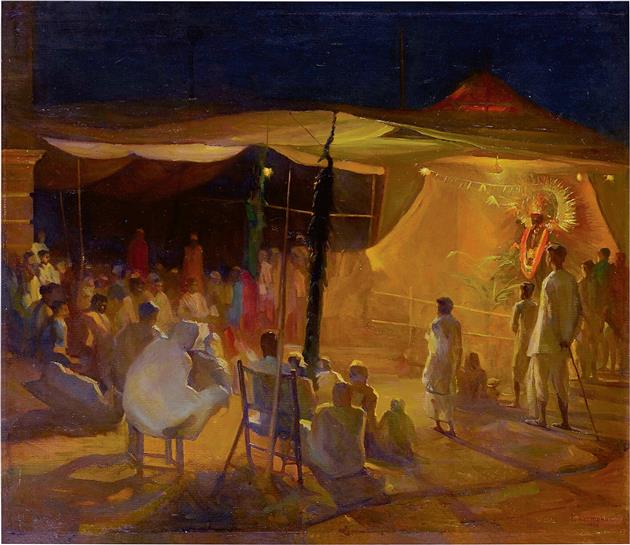
On display at the DAG in Delhi till March 30, the exhibition will be travelling to other parts of India too.
The title of the exhibition explains the two predominant aspects of Kali’s representation — a figure of rebellion as well as of reverence. Gayatri Sinha has done extensive research on the subject. But why focus on Kali alone? “It is safe to conclude that of all the deities in the Hindu pantheon, between the 18th and 20th centuries, Kali alone appears to draw the most volatile response in politics and popular culture,” says Sinha.
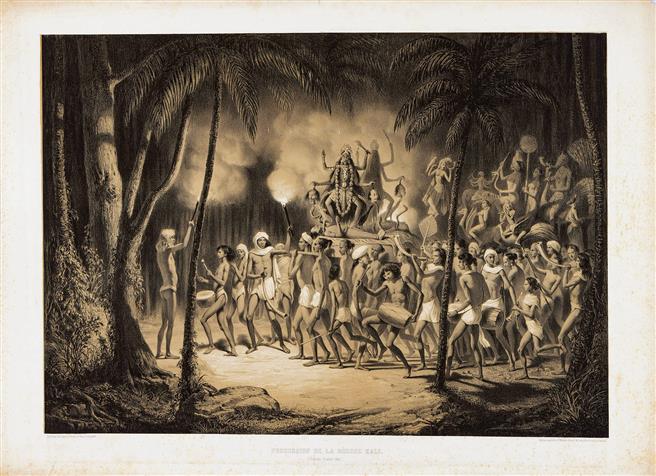
Kali was also a unifying symbol in modern times. Kazi Nazrul Islam, who composed beautiful poetry for the goddess (Shyama sangeet), saw her beyond the binary of Hindu-Muslim faith. This interest, with diverse artistic interpretations, makes for a very rich exhibition, somewhat like different tapestries woven together with the central iconic figure of Kali.
The exhibition captures Kali as a goddess, as a revolutionary mascot for nationalists in the early 20th century, even a popular icon for advertisements. In 1885-95, her image was used by the Calcutta Art Studio to sell beedis. The sheer expanse of the exhibition — with over 100 works of art on display — is astonishing. Pahari school of painting, Rajasthani miniature paintings, Bengal school of oil and paper painting, watercolours by colonial painters, lithographs, oleographs, poster art, glass paintings — the exhibition has it all. The varied interpretations of the goddess are referred to by Sinha as “a sign of Kali’s immanence that her iconography changes with her geographical representation”.
The exhibition showcases diverse works of art to portray various aspects of the goddess. A fascinating one is a series of simple sketches done as memorabilia for devotees, sold outside Kalighat temple in Kolkata. Executed as water colours, and known as the Kalighat paintings, these date back to the 19th century. These were painted by the artisanal Patua community in bold colours. Sinha elaborates: “Since some artists of this community were also potters, the paintings retained the style of clay modelling.” Among the most striking of these paintings are the 10 avatars of Kali, the 10 Mahavidyas; all of these are watercolours by unknown artists and are dated 1880-1920.
Modern artists’ interpretations of Kali have been featured, including by MF Husain, Tyeb Mehta, Gogi Saroj Pal, Nirode Mazumdar, KG Subramanyam and Nandlal Bose. One of the simplest, yet most memorable, is a 1938 work in oil entitled ‘Village Kali Puja’ by Prahlad Karmakar (1900-1946). Most of the works of art on display belong to the DAG; it is rare that a gallery has its own impressive collection of art.
The exhibition has already inspired another form of art: noted Bharatanatyam danseuse Geeta Chandra will be putting together a special dance performance inspired by Kali at the venue next month.
The exhibition catalogue includes a 12,000-word meticulously researched essay by the curator. DAG’s Ashish Anand says in the Director’s Note: “I aim to contest existing perceptions that separate galleries and museums into distinct categories, at least when it comes to viewership and the dissemination of cultural knowledge.”
Join Whatsapp Channel of The Tribune for latest updates.






















